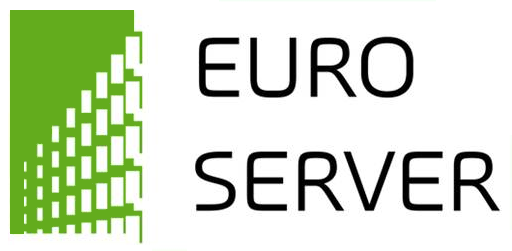Projects
In the next decade, EU industries developing Critical Real-Time Embedded Systems (CRTES) (safety, mission or business critical) will face a once-in-a-life-time disruptive challenge caused by the transition to multicore processors and the advent of manycores, tantamount to complex networked systems. This challenge brings the opportunity to integrate multiple applications onto...
The recent technological advancements and market trends are causing an interesting phenomenon towards the convergence of High-Performance Computing (HPC) and Embedded Computing (EC) domains. On one side, new kinds of HPC applications are being required by markets needing huge amounts of information to be processed within a bounded amount of time. On the other side, EC systems...
The Mont-Blanc project aims to develop a European Exascale approach leveraging on commodity power-efficient embedded technologies. The project has developed a HPC system software stack on ARM, and will deploy the first integrated ARM-based HPC prototype by 2014, and is also working on a set of 11 scientific applications to be ported and tuned to the prototype system.
Understanding the human brain is one of the greatest challenges facing 21st century science. If we can rise to the challenge, we can gain profound insights into what makes us human, develop new treatments for brain diseases and build revolutionary new computing technologies. Today, for the first time, modern ICT has brought these goals within sight. The goal of the Human...
The project DEEP-ER (DEEP-Extended Reach) addresses two significant Exascale challenges: the growing gap between I/O bandwidth and compute speed, and the need to significantly improve system resiliency.
DEEP-ER will extend the Cluster-Booster architecture of the Dynamical Exascale Entry...
Data-centres form the central brains and store for the Information Society and are a key resource for innovation and leadership. The key challenge has recently moved from just delivering the required performance, to include consuming reduced energy and lowering cost of ownership. Together, these create an inflection point that provides a big opportunity for Europe, which...
The project involved the development of mathematical models and their implementation as software code for high performance computing clusters. The physical problem studied involves two related topics: particle deposition and solute absorption in respiratory airways, and tumour metastasis in arterioles and capillaries. The aim was to couple micro-scale phenomena to large 3D...
The most common interpretation of Moore's Law is that the number of components on a chip and accordingly the computer performance doubles every two years. This experimental law has been holding from its first statement in 1965 until today. At the end of the 20th century, when clock frequencies stagnated at ~3 GHz, and instruction level parallelism reached the phase of...
IS-ENES2 is the second phase project of the distributed e-infrastructure of models, model data and metadata of the European Network for Earth System Modelling (ENES). This network gathers together the European modelling community working on understanding and predicting climate variability and change. ENES organizes and supports European contributions to international...
The main objective of the LIGHTNESS project was the design, implementation and experimental evaluation of high performance data centre interconnects through the introduction of innovative photonic switching and transmission inside data centres. Harnessing the power of optics enabled data centres to effectively cope with the unprecedented demand growth to be faced in the near...










